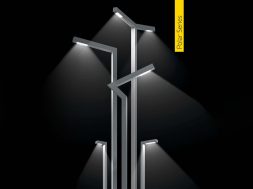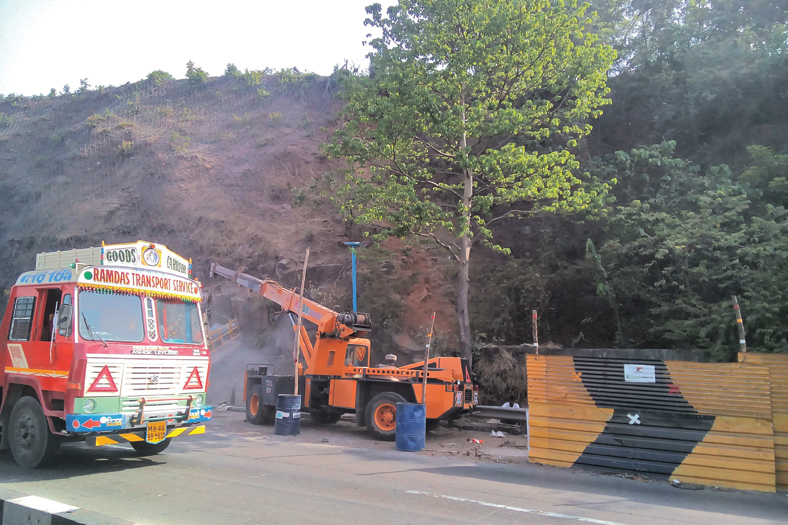What makes a crane efficient?
Efficiency of cranes depends on different parameters, which includes technical specification, human-machine interface and mechanical components. ACE Update highlights the factors that make cranes efficient
From lifting and lowering heavy materials to loading and unloading freight, cranes are broadly being used in the construction industry. With time, cranes have become more simplifying processes in manufacturing and construction industries. Cranes exist in an enormous variety of forms for different purpose; in different sizes, brands, weight and lifting capacity. All of these Cranes are engineered to be safe and reliable.
Efficiency of cranes depends on different parameters, which includes technical specification, human-machine interface and mechanical components. Today, the latest and best technology is available in India. Most of the companies are coming up with superior technology to the crane industry to a different level.
Having a highly efficient system is useless if its output is not matched to the requirements of the task for which the equipment is being put to use. Hence one needs to fine tune on the crane specifications like geometry, wheel loading, speeds of different motions, drive and control systems so that the final equipment is matched to the job it is supposed to perform. This matching of specifications ensures that the efficiency of the end user increases. Tushar Mehendale, Managing Director of ElectroMech explains, “Optimally designed cranes ensure lighter weights as well as compact dimensions, reducing wheel loads on the structure as well the height requirement of a factory. This allows substantial savings on the civil or steel structure of the factory, in terms of the overall height required as well as the size of the columns needed.”
According to Nilesh Borkar, National Manager – Sales & Marketing, Kobelco Cranes India, technology plays a vital role in the efficiency of cranes. He says, “Cranes contain critical parts like engine, hydraulics and boom sections. With the adaptation of latest technology, crane can become fuel efficient, light weight and maintenance free.”
Crane operation highly depends on expert’s experience and skills; hence the control systems should be easy to use. An efficient machine will be of no use if it cannot be used effectively and efficiently by a human operator. Hence it is also of paramount importance that the human – machine interface wherein the crane operator controls the crane – either through a pendant push button station, a radio remote control or through a cabin equipped with joysticks – is specified in a proper manner. “Each type of control system has its own pros and cons. An operator saddled with a wrong control system will thus lead to the overall system efficiency reducing by means of reducing the productivity,” Mr Mehendale opines.
The ‘X’ factorAnother factor that makes crane efficient is that they are user friendly. According to Mr Borkar, “Generally cranes are used at remote construction sites. If they are user-friendly then the usages become more efficient in terms of breakdown.”
Any lifting tool has a specific mechanical advantage, the factor by which it increases the input force into an output force. Lifting capacity and transport weight are some of the other important aspects that determine the overall efficiency of cranes.
Mr Borkar adds, “Cranes are majorly used for lifting heavy equipment at higher height, so lifting capacity of crane is very important. Cranes are used in the construction site and need to transport from one site to another site after completion of the project. Hence minimum transport weight is very important to obey the transport regulations of the country.”
Mechanical component is another factor which contributes to the productivity of cranes. Mr Mehendale says, “The efficiency of the equipment can be maximised by proper selection of mechanical components like bearings, gearboxes, brakes as well as proper selection of electrical components like motors, variable frequency drives, cables, etc. A whole host of design considerations go into the optimum system configuration as the efficiency of the system is as high as the efficiency of the least efficient element in the system.”
Without doubt, cranes have trimmed down the human efforts and also made the whole process of material handling time saving, thereby increasing the output. Cranes not only prove to be a valuable asset but also key driver for the industry.
Optimally designed cranes ensure lighter weights as well as compact dimensions, reducing wheel loads on the structure as well the height requirement of a factory.- Tushar Mehendale, Managing Director, ElectroMech
With the adaptation of latest technology, crane can become fuel efficient, light weight and maintenance free- Nilesh Borkar, National Manager – Sales & Marketing, Kobelco Cranes India
Cookie Consent
We use cookies to personalize your experience. By continuing to visit this website you agree to our Terms & Conditions, Privacy Policy and Cookie Policy.









